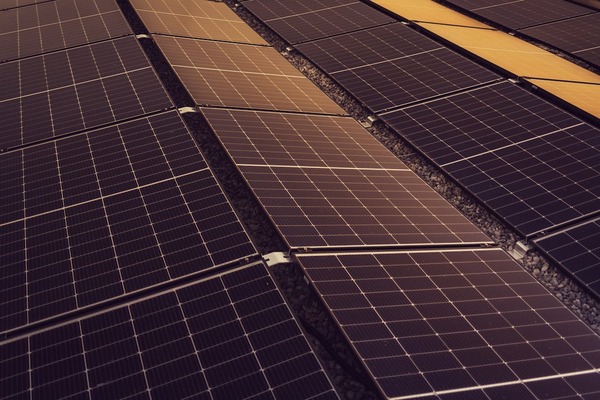As of June 2024, Singapore has deployed 1.35 gigawatt-peak (GWp) of solar energy, moving closer to its 2025 target of 1.5 GWp. This figure was shared by Baey Yam Keng, senior parliamentary secretary at the Ministry of Sustainability and the Environment, during an oral reply to a Parliamentary Question regarding Singapore’s progress under the Green Plan 2030. The current solar deployment meets about 2% of Singapore’s annual electricity demand.
Baey also addressed questions related to waste management, specifically the goal to reduce waste sent to landfills per capita per day by 20% by 2026. While both domestic waste generated per capita and non-domestic waste generated per dollar of Gross Domestic Product have decreased over the past decade, the amount of waste sent to landfills per capita per day has remained at pre-pandemic levels, comparable to data from 2018. This stagnation is linked to declining recycling rates caused by factors such as higher freight costs, import restrictions on recyclable materials from other countries, and reduced demand for recycled products.
To tackle these challenges, Singapore plans to enhance waste management strategies. One proposed measure is the introduction of a beverage container return scheme in 2026, which aims to improve recycling rates by encouraging the return of used containers. Additionally, the government is exploring the use of landfilled mixed materials as reclamation fill, which could help reduce the volume of waste sent to Semakau Landfill and extend its operational lifespan.
Singapore also continues to invest in waste-to-energy (WTE) facilities to manage non-recyclable waste. The Tuas Nexus Integrated Waste Management Facility, under development, will combine WTE processes with water treatment to maximize resource recovery. This facility is expected to improve Singapore’s overall waste management efficiency once operational.

